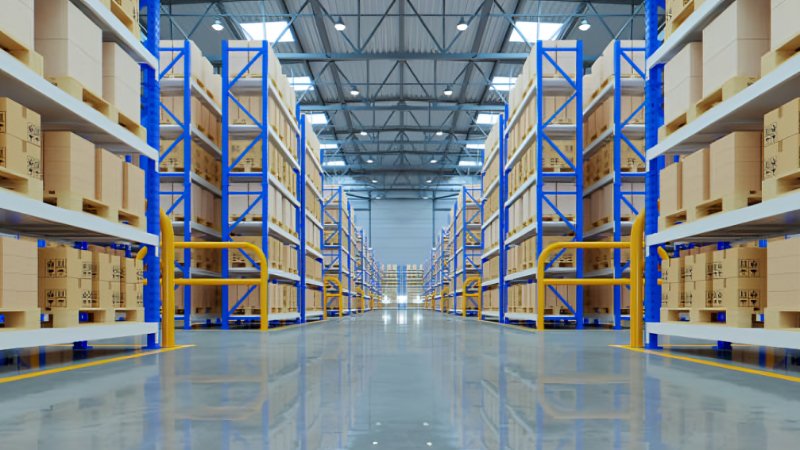Over the past few decades, the industrial landscape has rapidly evolved, transforming how products are produced, stored, and distributed. As global trade and e-commerce expand, companies are focusing on building efficient industrial spaces that improve operations and reduce costs.
A well-designed industrial facility enhances productivity, streamlines logistics, and helps businesses adapt to changing technologies and market demands.
The Value of Smart Design in the Construction of Warehouses
Among all types of industrial buildings, warehouse construction plays a crucial role in ensuring smooth supply chain operations. A warehouse is more than just a storage space—it’s an essential part of logistics that affects how quickly and accurately products reach their destinations.
Designing and building a warehouse requires careful consideration of space utilization, material flow, safety standards, and accessibility. From choosing durable materials to integrating automation systems, every decision impacts long-term performance and cost efficiency.
Industrial Development and Sustainability
In today’s construction sector, sustainability has become a major focus. Many developers now incorporate eco-friendly materials, energy-efficient lighting, and renewable energy sources like solar panels into industrial building projects. This lowers operating expenses and supports international initiatives to lessen carbon emissions.
Green design principles—such as proper insulation, natural ventilation, and waste reduction—can significantly enhance a facility’s environmental performance while promoting a healthier workplace.
Technology and Automation in Modern Facilities
Automation has revolutionized the way industrial facilities operate. Advanced technologies like robotics, Internet of Things (IoT) devices, and warehouse management systems help streamline operations and improve accuracy.
Smart sensors track inventory in real time, while automated vehicles and conveyor systems move goods efficiently within the facility. These innovations reduce human error, increase productivity, and make it easier for businesses to scale their operations.
Considerations for Safety and Compliance
Safety remains a top priority in all industrial construction projects. Proper safety design—such as clear walkways, fire suppression systems, and reinforced structures—helps protect both workers and assets. Compliance with local regulations and industry standards is equally important. Regular inspections, maintenance routines, and safety training further ensure a secure and reliable work environment.
Industrial Infrastructure Trends for the Future
Modular design, automation, and data-driven planning are likely to shape the future of industrial construction. Prefabricated components can accelerate the construction process, while digital modeling tools allow engineers to predict performance outcomes before a single wall is built.
Flexible designs that accommodate future expansions or technological upgrades will also become increasingly valuable as industries evolve.
Final Thoughts
Industrial facilities are the backbone of modern economies, supporting everything from manufacturing to logistics. By focusing on smart design, sustainable materials, and advanced technology, builders and developers can create efficient spaces that stand the test of time.
A forward-thinking approach to industrial construction ensures that businesses remain competitive, resilient, and ready to meet future challenges with confidence.
See Also: The Importance of Site Assessment Before Security Installation
